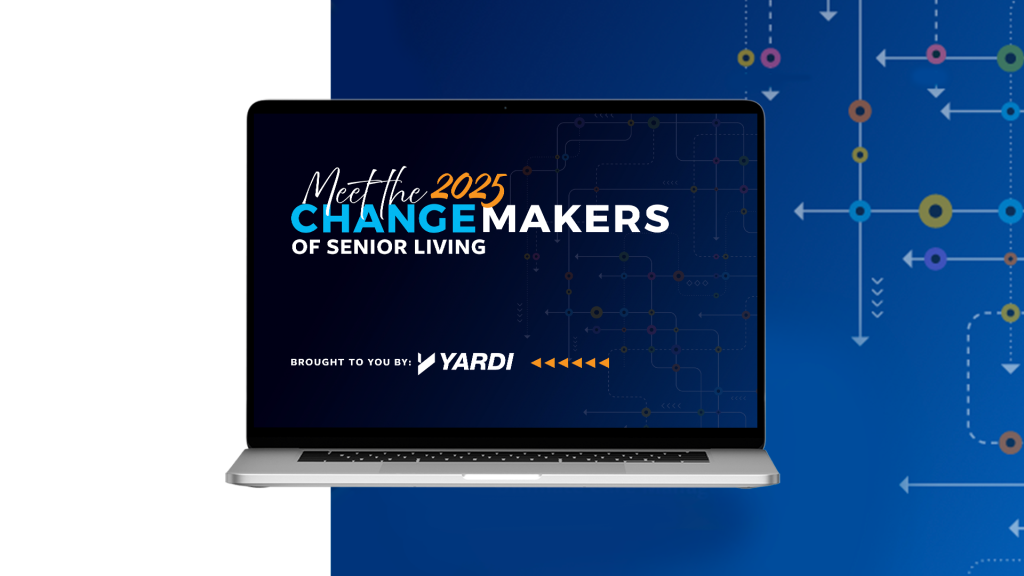By Cutright Elizabeth on November 8, 2016 in Technology
Thanks to the latest smart home technologies, today’s older adults can continue to live independently while staying safe, secure and connected.
The hype surrounding smart home technology often focuses on how it a ffects the millennial generation. But as Sunrise Senior Living points out in a recent blog post, in many ways, it is senior citizens who stand to gain the most from today’s smart home innovations. Automation and monitoring provide a customized home environment that promotes safety and security. Even better, a connected home means older adults retain a measure of independence even as they begin to require more care.
ffects the millennial generation. But as Sunrise Senior Living points out in a recent blog post, in many ways, it is senior citizens who stand to gain the most from today’s smart home innovations. Automation and monitoring provide a customized home environment that promotes safety and security. Even better, a connected home means older adults retain a measure of independence even as they begin to require more care.
“Tech advances are changing seniors’ lives and the lives of their caregivers by allowing them to live more self-sufficiently, whether living on their own or in a senior living community,” writes Sunrise Senior Living blogger Hannah West.
“Comfort is as much a priority as safety,” West concludes.
Alone But Not Lonely
As part of a graduate project at the Umeå Institute of Design’s Interaction Design in Sweden, designer Kevin Gaunt envisions a smart home designed specifically for older adults. Rather than catering to millennials who “effortlessly interact with technology,” Gaunt chose to focus on how the elderly could benefit from having a living space configured with the latest apps and devices.
“As new technologies arrive, we tend to assume that – as in the past – younger generations will be the early adopters,” Gaunt tells Fast Company, but he believes older generations are the ones who will really benefit from new, inexpensive smart home technologies.
In Gaunt’s vision, seniors will live in bot-controlled homes outfitted with sensors. As the bots interact with the home’s inhabitants, a sort of symbiotic relationship develops. The bots can help sseniors stay connected with the outside world through shopping, keeping an eye on the neighbors and reconnecting with their past.
In a promotional video about Gaunt’s concept, an elderly woman asks the bots for help around the house. A little later, in a bout of nostalgic, she triggers the memory bot to request an order of her late husband’s favorite snack. Whether it’s the arrival of an unexpected skateboard or alerts about her nosy neighbor, it’s easy to see how these friendly, interactive bots could help solitary pensioners battle boredom and loneliness.
“Bots is a system for home robot assistant that collaborate to make life alone a little more interesting,” says Gaunt, “never entirely predictable but always succeeding or failing with the best of intents.
Programmed Protection
While there’s a certain Orwellian tinge to the idea of a home designed to continuously monitor its inhabitants, in the end safety may trump privacy. After all, home security systems provide protection from burglary and even home invasion. Smoke detectors and carbon monoxide monitors keep an eye on deadly threats. Home thermostats can be programmed to keep indoor temperatures at optimal levels to avoid hypothermia or heatstroke.
Perhaps even more significantly, simple devices like sensor lights and panic buttons provide another level of care by helping seniors safely navigate their homes. In addition, a whole slew of health-related apps can provide instant feedback on a loved one’s physical well-being, from heart rate to sleep habits to medication schedules.
“Traditionally, families have cared for their senior loved ones by employing staff to look after their needs, by helping them move into care communities or retirement homes, or by caring for them directly,” writes retail technology strategist Deborah Weinswig.
“New technology, however, has enabled families to participate more directly in administering care to their elderly loved ones and has enabled many seniors to live independently for longer.”


